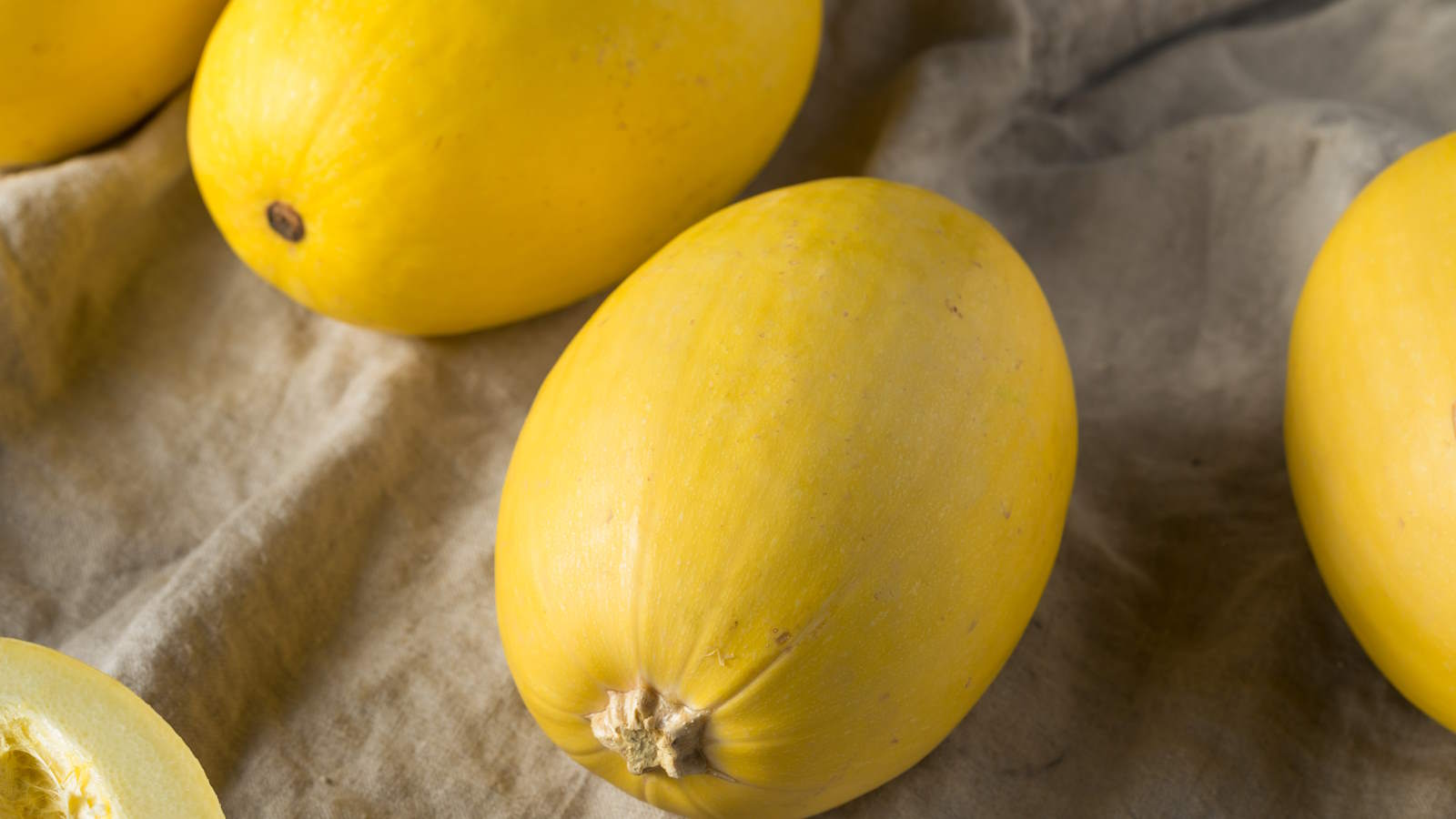
Spaghetti squash is a type of winter squash that is so-called as its flesh is stringy and bears a resemblance to the pasta. It is an increasingly popular type of squash to grow and offers people a healthy alternative to traditional pasta in home cooking.
The plants are simple to cultivate, though have a long growing season that dictates when and how you plant spaghetti squash. But, when you grow squash, you can get many fruits from each plant in mid-fall.
If you are looking for a new and alternative type of squash to grow in your vegetable garden this year, then spaghetti squash may fit the bill. To help you have success with the crop, we take a close look at how to grow spaghetti squash and get some helpful tips from expert gardeners.
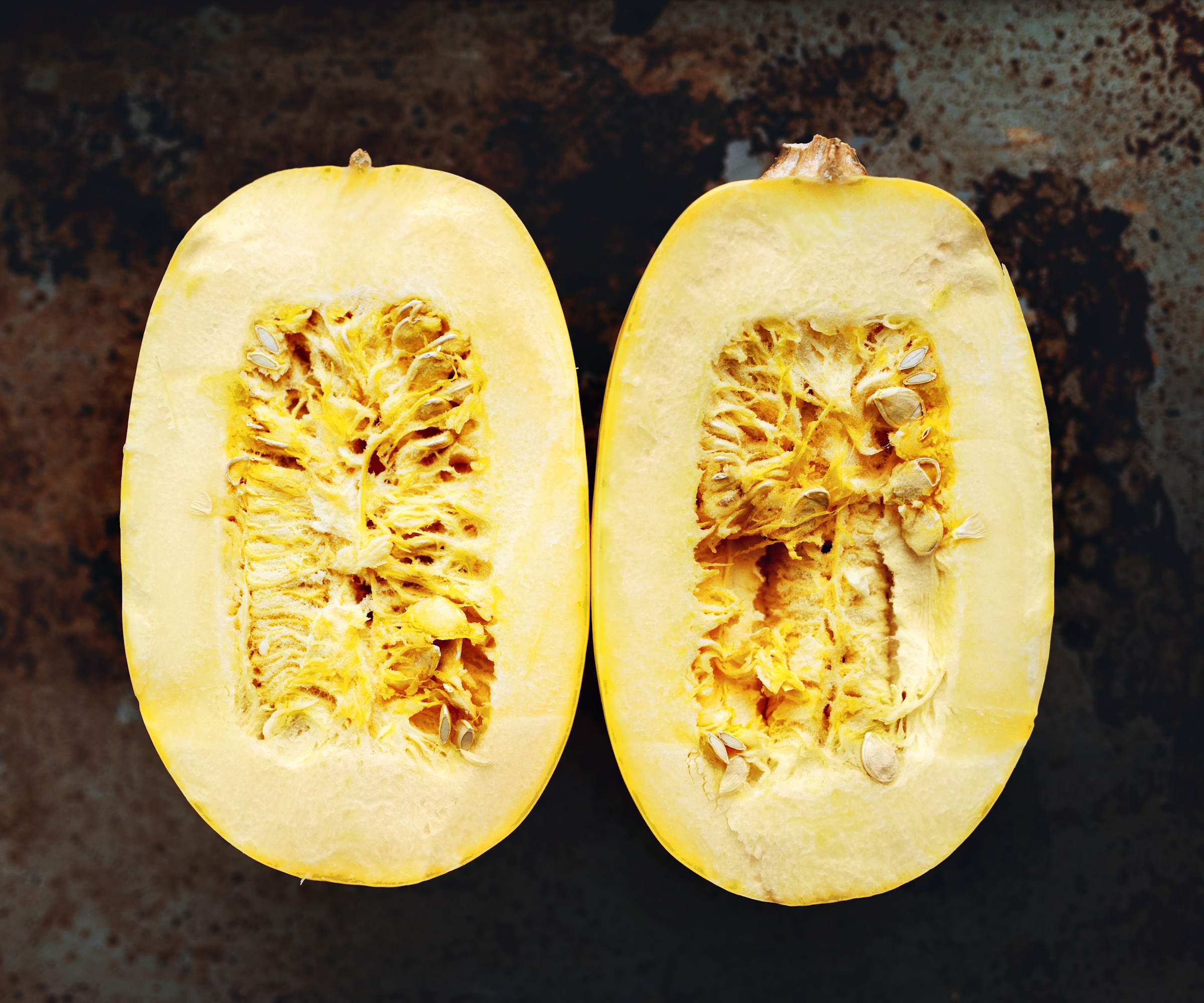
How to plant spaghetti squash
Spaghetti squash plants can be bought from nurseries, garden centers, or online to add directly to your vegetable garden in spring. The alternative is that spaghetti squash is quick and easy to grow from seed, which can be done either indoors or outdoors.
How to grow spaghetti squash from seed
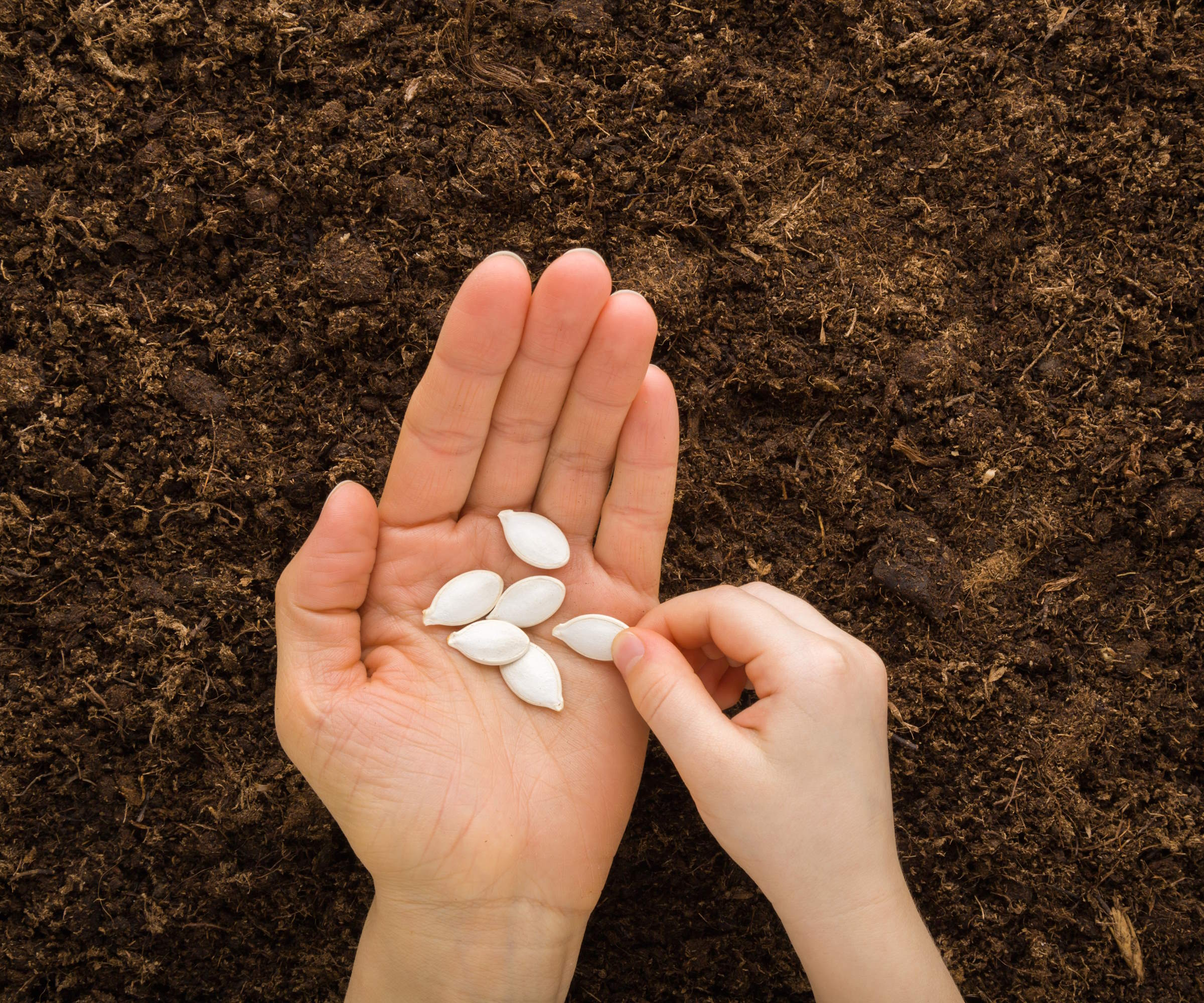
Where you plant spaghetti squash seeds will depend on your US hardiness zone and how quickly the soil warms up in spring. The crop needs a growing season of at least 100 days and has to be planted after the last frost for your location and the soil has hit 60°F.
If your climate does not give you the luxury of 100 frost-free days, it can be beneficial to sow seeds indoors. Carrie Spoonemore, co-founder of Park Seed’s app ‘From Seed to Spoon’, says: ‘Seeds can be started indoors 2-3 weeks before the last expected frost to get a head start on your growing season.’
Sow seeds into individual pots filled with good seed-starting compost and keep them in a protected location, such as a greenhouse or a warm windowsill. The young seedlings can be transplanted outside once the risks of frost have passed, after a period of hardening off acclimatize the plants to live outdoors.
Growers in warmer climates that benefit from longer growing seasons are best recommended to sow seeds outdoors directly into the garden after the last frost date in spring.
Gail Pabst, experienced gardener and marketing director for the National Garden Bureau, claims that you should ‘always’ plant directly into the soil ‘if possible’ and the seeds should be sowed one inch deep in rows or hills.
She adds: ‘Plant three seeds per hill, eventually thinning to the strongest plant. In rows, space the seeds a foot apart, thinning to three feet apart. Rows and hills should be 4 to 6 feet apart, depending on the variety.’
A packet of 75 heirloom vegetable squash seeds you can sow to enjoy plenty of medium-sized, 3–4 lb. oblong fruits. to harvest
Tips for growing spaghetti squash
Spaghetti squash plants can be simple to cultivate and maintain. The plants can be left to scramble over the ground or grow vertically to save space and make plants more suitable for small vegetable gardens.
Location
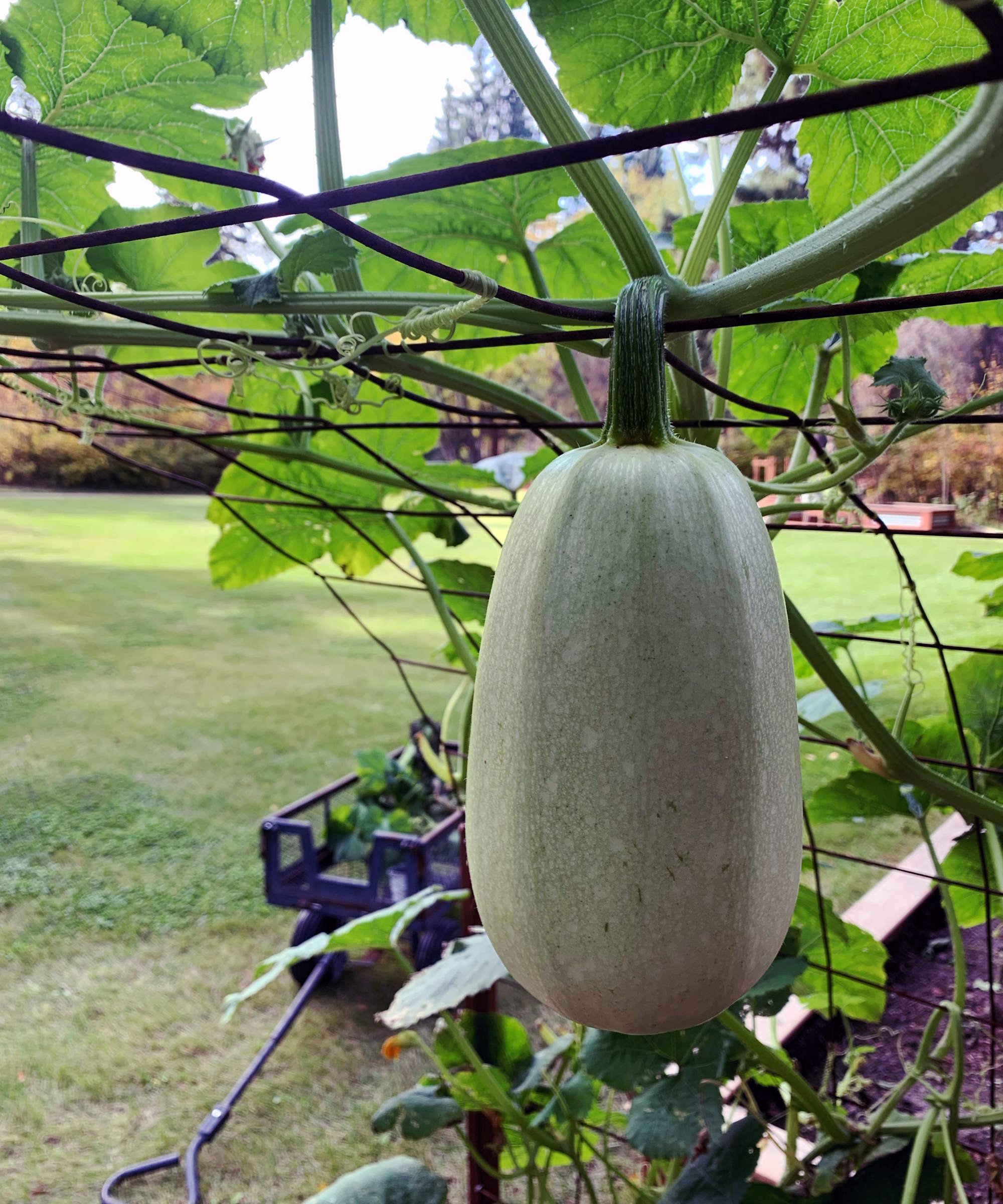
Spaghetti squash plants are warm-season crops that thrive growing in full sunlight. Pick a space in the garden that gets at least 6-8 days of sunlight daily and has the room required for the vines to spread. If you plan to grow the squash vertically, install a trellis or support before planting.
The soil type wants to be fertile and well-draining. Amending the soil by incorporating lots of compost or well-rotted manure can boost fertility and enhance the plant’s development.
Squash plants require bees for pollination and companion planting with flowers or herbs can attract pollinators into the garden and increase bee activity around the plants.
Watering
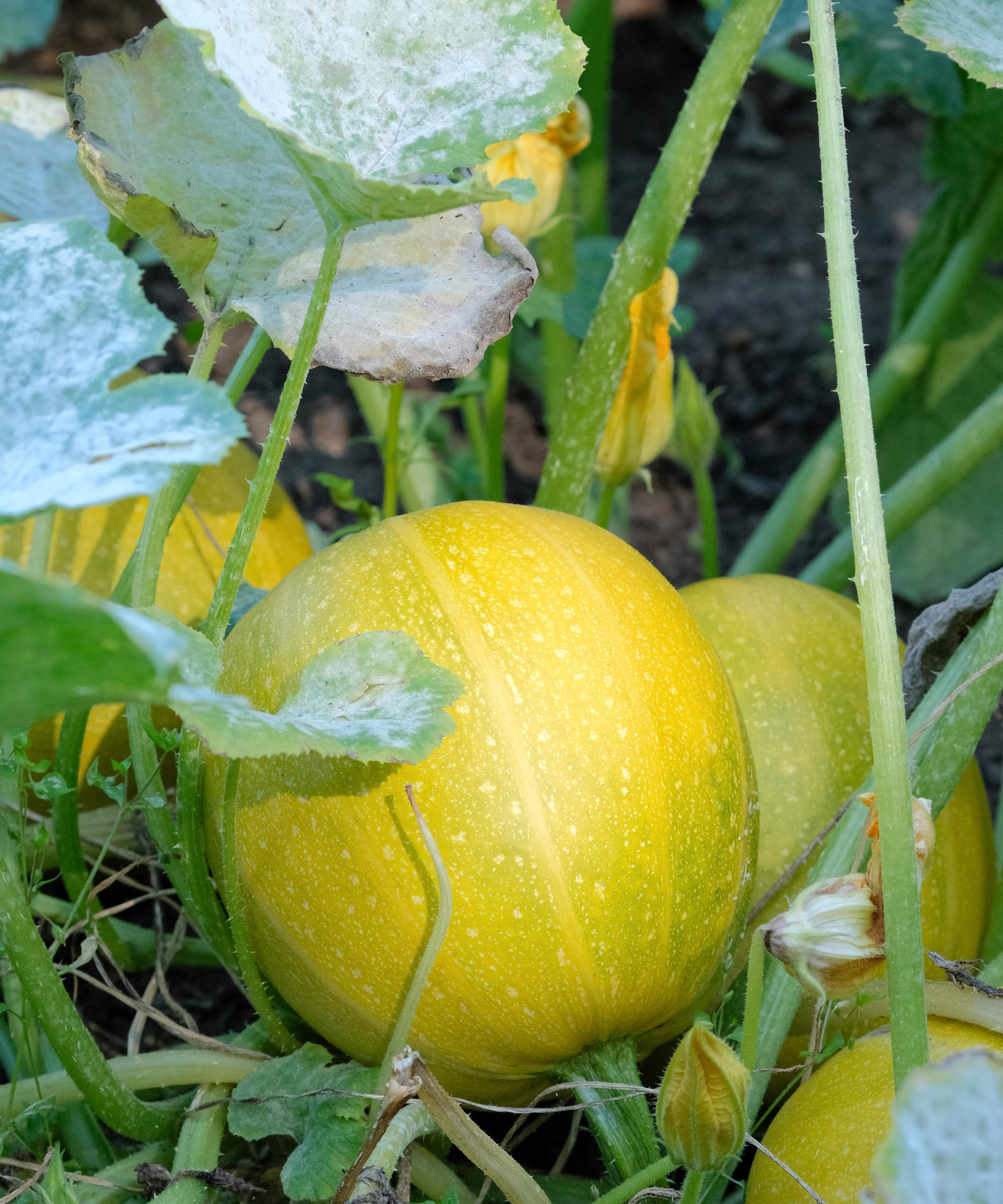
Knowing when to water plants is an important part of plant care, and these squashes prefer consistent moisture levels throughout the growing season. Carrie Spoonemore advises that watering is ‘especially’ important during the plant’s flowering and fruiting stages. She adds: ‘An inch of water per week, through rainfall or watering, is generally sufficient. Mulching helps retain soil moisture and regulate temperature.’
As for how to water plants, always try to soak the soil rather than the foliage to avoid the risk of fungal diseases. Gail Pabst recommends ‘water squash plants deeply and often’ and to water in the morning to ‘allow time for foliage to dry’ if you do get any water on the leaves.
Feeding
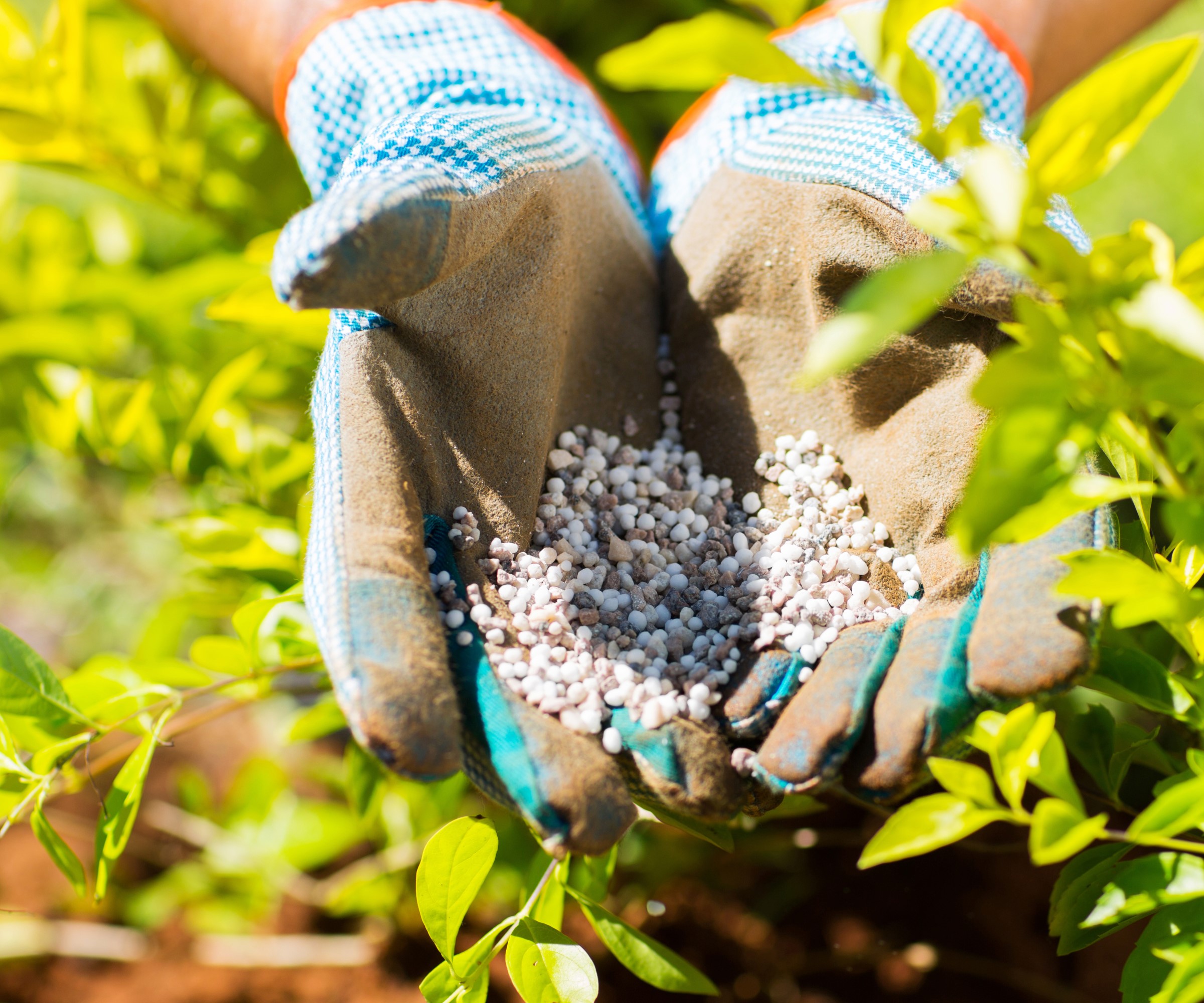
Spaghetti squash plants are heavy feeders and need lots of water and nutrients as they grow - they benefit from a regular schedule of fertilizing. Carrie Spoonemore says: ‘For feeding, apply a balanced, slow-release fertilizer at planting, then side-dress with a high-potassium fertilizer once flowers form to support fruit development.’
As an alternative to side-dressing, a liquid feed that is high in potassium – such as a feed designed for growing tomatoes – can be applied to plants every 3-4 weeks once they start flowering. Avoid feeding with a high-nitrogen fertilizer, as this will encourage the growth of foliage, rather than fruit.
A high-potassium fertilizer that can be used to feed spaghetti squashes during the growing season to get healthy plants and a top crop of fruits
How to harvest spaghetti squash
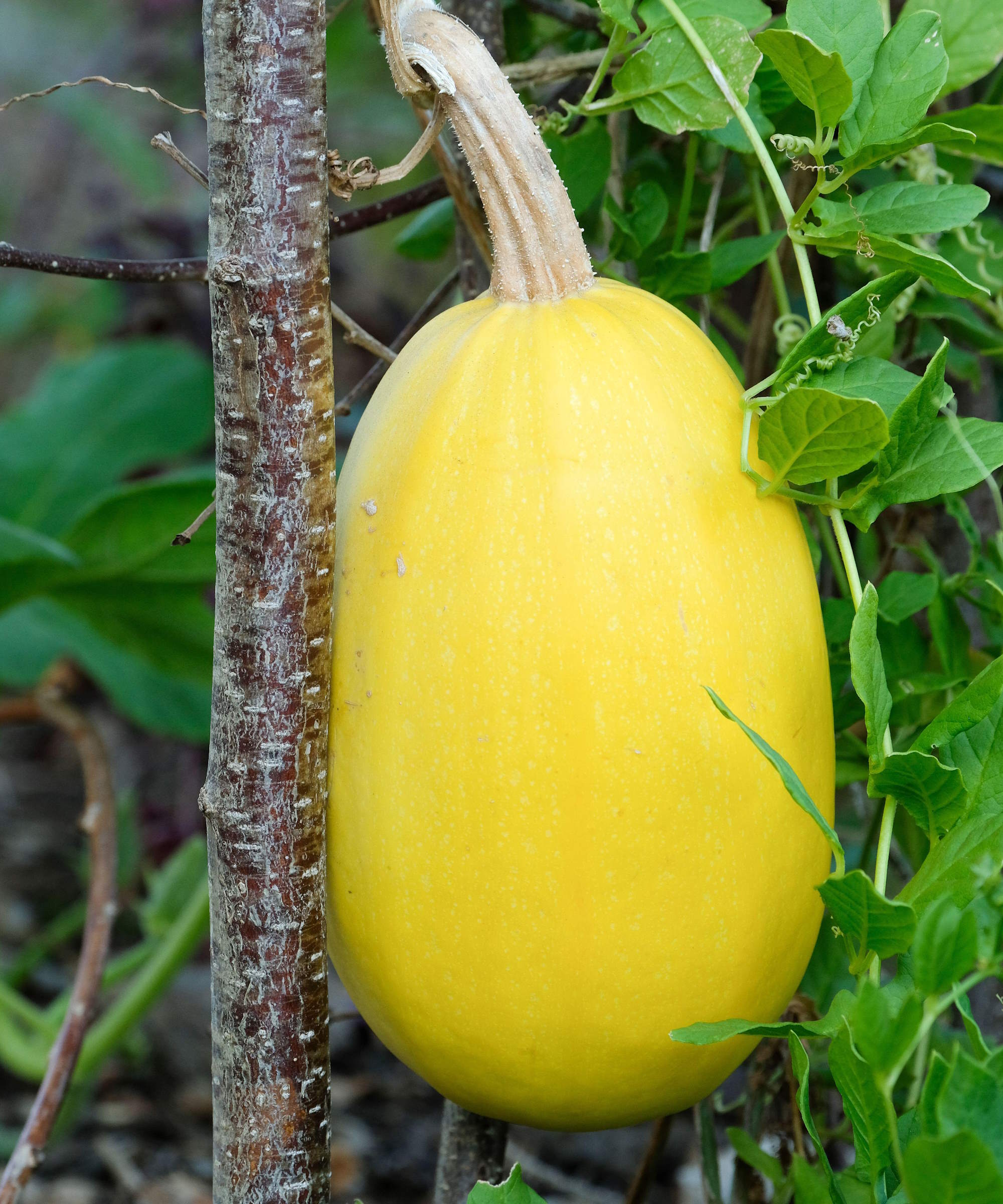
It should take around 100 days to go from sowing seeds to the fruits being ripe and ready to harvest. Always refer to the seed packet for an idea of the required days, as it will vary depending on the specific variety.
The tell-tale signs of ripe spaghetti squash can come from the look and the feel of the fruit. ‘Fruits are full-sized, have a deep rich color, and hard rinds that can’t be dented easily with a fingernail. Another indicator is that the ‘ground spot’ changes color from yellow to cream, gold, or orange,’ says Gail Pabst.
Harvest winter squash with a pair of clean and sharp pruning shears, or a sharp knife, to cut the spaghetti squash from the vine. Leave a few inches of stem attached to the fruit to prevent rot. It is best to harvest the fruits as and when required as fruits will not continue to ripen off the vine. Just make sure to pick them all before the first frost.
How to grow spaghetti squash in containers
Spaghetti squash can be grown successfully in raised beds or large pots as part of a vegetable container garden. Smaller and more compact varieties are ideal for growing in containers as they will not sprawl as much as other types.
A large pot, such as a 5-gallon container, is required to house one squash plant. Fill your container with a well-draining potting mix, such as the Miracle-Gro Potting Mix available at Amazon, and either sow the seed directly into your pot or plant a young spaghetti squash.
Place the pot in a sunny spot and keep the soil moist. Plants in pots will need more watering than plants in the ground and also require regular feeding throughout the season.
FAQs
How much room does spaghetti squash need to grow?
Spaghetti squash plants can sprawl over a large space and the vines can grow over eight feet in length during the season. You can trim back the length of the vines to focus on ripening a selected number of fruits, as well as training the plants vertically to save on precious ground space in the garden.
Can you grow spaghetti squash from store-bought?
You can grow spaghetti squash from seeds taken out of store-bought fruits. It does come with a degree of risk, however, as you do not know the variety of squash and the resulting fruits may be very different to the one you purchased. There is also the possibility of the seeds carrying diseases that you do not want to introduce into your garden.
Does spaghetti squash need to climb?
Spaghetti squash plants can be left to grow along the ground and they will happily sprawl over the soil and produce fruits. Training plants to climb up a trellis is a good space-saving way of growing the crop and does offer benefits in terms of increased air circulation and lifting fruits away from pests.
As well as growing winter squash to pick in fall, growing and harvesting summer squash, such as zucchini and patty pan types, can give you a delicious crop to enjoy during the summer months.







